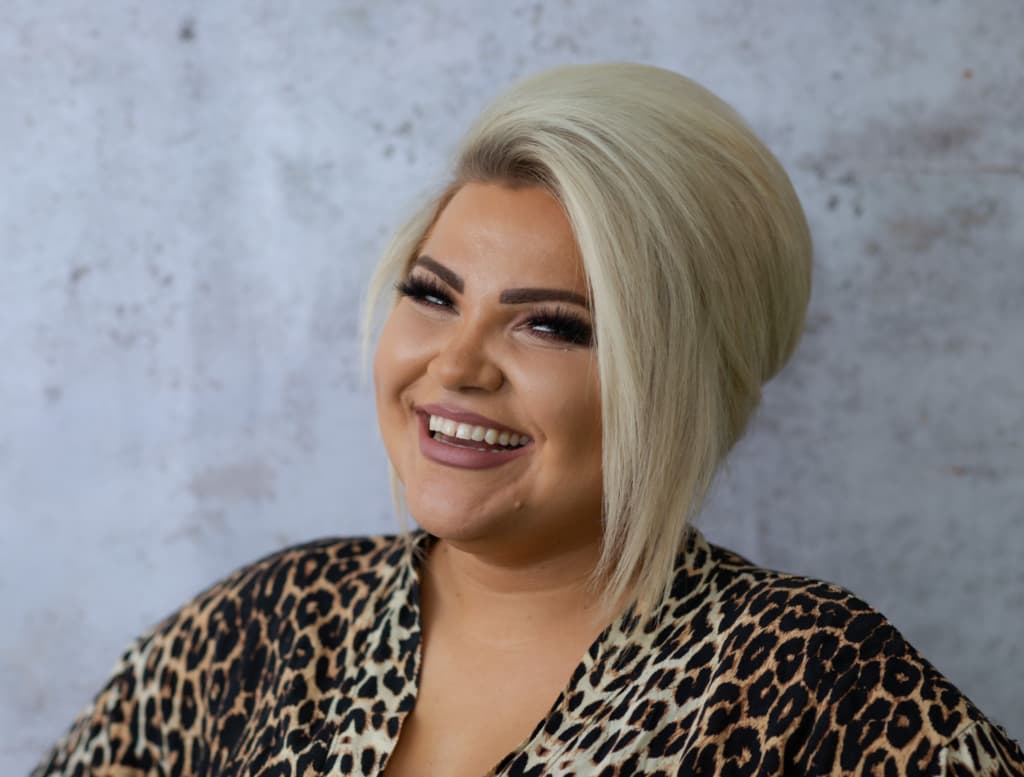
Even when you spend a lot of time and money on marketing campaigns, have more TikTok followers than your kids, and write the tightest content in town, there’s no guarantee you’ll generate the right results. Our all-singing, all-dancing Marketing Manager, Lauren Balasco, explains how incorporating a marketing funnel into your activity will enable you to do more of the brand building you love, with less of the guesswork and effort.
So, what exactly is a marketing funnel?
When someone refers to a marketing funnel, predominantly it can refer to two different things:
- A buyer journey—this describes the different stages a customer will go through before they become a paying customer.
- A marketing funnel—a system which is designed and adopted off of the back of the buyer journey.
Here, we’ll be focusing on the second.
The idea of developing a marketing funnel as a system is to offer your audience and prospects an optimised experience for the duration of their buyer’s journey.
And the goal is to keep as many prospects in the funnel at each stage as possible, ultimately improving conversion rates.
Generally, your marketing funnel should follow these four stages:
- Awareness
- Interest
- Evaluation
- Decision
Seems simple, right? Well, it is, but to have the most effective marketing funnel we need to add some meat on the bones.
Setting the foundations
Before we start really understanding our audience and create targeting messaging, we need to establish our ideal customer using demographics data—the more specific here the better.
By covering as many details as possible, you’ll piece together a clear picture of your audience’s behaviours and purchasing decisions. And this will make personalising your marketing efforts a whole lot easier.
From here, you can begin to develop buyer personas (a marketer’s dream).
There are many different formats you can use to build out your personas. Personally, I like to visualise the data as much as possible by adding pictures, graphs and maps.
Here are three steps to keep in mind:
- Why have your current customers or client base chosen you? Look at common interests, locations, age groups, budgets and purchase history.
- Re-evaluate your service or product and hone in on who actually benefits from it. Get someone outside the business involved, and try to think outside the box—there may be a whole target audience that’s been overlooked.
- Take a deep-dive into your competitors’ target audience and clients. Why has their audience chosen them, not you? Following your findings, you can then either choose to compete or strategically fill gaps they’ve missed.
Using your data effectively
Whether you’re a B2B or B2C business, small or large, a start-up or established, the fundamentals remain the same: the more specific your target, and the better you understand their problems, the more successful you’ll be.
Psychology is crucial in marketing, because it plays a huge role in interest and conversion. And now we have our segments, we can optimise our emotive targeting.
To get the most from your data, try to include what emotions are more likely to resonate with your audience. One easy way of doing this is to understand their primary social channels. For example, if you’re talking to a group that can be predominantly found on TikTok, tap into that—there may be room for a bit of humour in your communications.
Building your marketing funnel
Now it’s finally time to build-out your funnel. While doing this, it’s important to reflect on your main objectives:
- Guide as many prospects as you can through each stage of the funnel.
- Continuously increase the possibility of conversion.
- Establish why prospects drop out at each stage.
There should be three main sections to your funnel:
The top: awareness
The top funnel is all about lead generation. Your main focus here is on attracting awareness and optimising SEO. Using your personas will help to ensure the noise you’re making on each channel is relevant, and you’re targeting the right keywords.
Different industries may have more success through one lead generation technique than another. However, provided you’ve done the groundwork, you’ll quickly establish what works for you and what doesn’t.
The middle: building
The next step of your journey is starting a relationship—the most important part of your funnel. There are several ways you can do this, but our example will focus on email.Personally, I like to offer a downloadable asset. This allows the user to personally choose exactly which information they want from us, and which provides the most value, on an ongoing basis.
From here you can segment your audience further. Once you know more about what your audience wants and needs, you can really start to develop that relationship, and build trust in your brand.
The bottom: nurture
Now you’ve got that valuable email address, it’s time to nurture the relationship through targeted campaigns, with the aim of building up to conversion. Here are some simple steps to follow during the nurturing faze:
- Establish credibility: share positive reviews, case studies and thought leadership.
- Nurture trust: share your brand’s story, focusing on your USPs. Target your audience emotionally. And if you say you’re going to do something, do it.
- Be consistent: messaging, tone of voice, branding and every aspect of your business should be instantly recognisable to your audience. Consistency is key.
- Prompt engagement: keep content useful, interesting and targeted, with clear call-to-actions (CTAs).
Finally…
Understand that conversion is unlikely to happen overnight, and that meaningful relationships take time. But by introducing strategies like the marketing funnel above, that random shot-in-the-dark can be channelled into a targeted, high-conversion campaign.
Our mega marketers would love to help take your strategy from zero to full fat marketing funnel. If you’d like to find out more, get in touch.